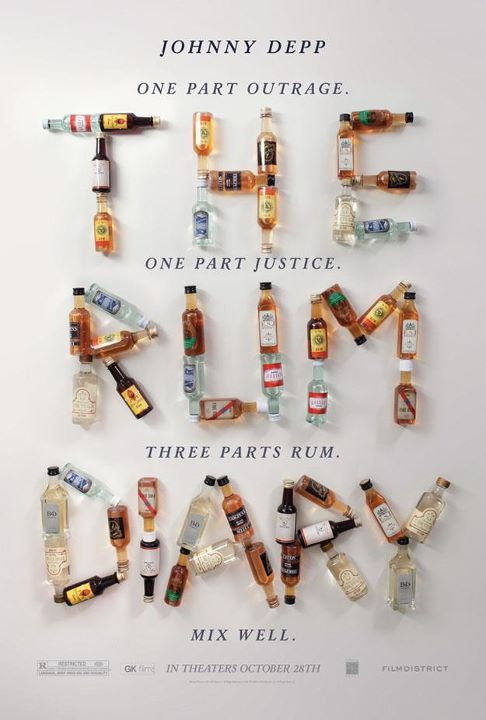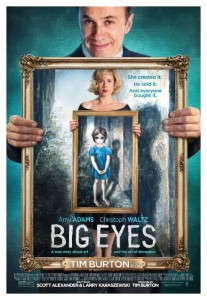 The Passion Of The Christ was a sensation even before its release. Early reports circulated that it was filmed in the dead languages of Aramaic and Latin and focused entirely on the death of Jesus Christ in brutal, blood drenched detail. The press immediately ran stories wondering whether the ultra-religious Mel Gibson had lost his mind. On release the film became a phenomenon despite the early reports being true, bringing in a staggering $600 million theatrically, even with its adults only rating. Eight years after its release, it remains a potent, controversial film.
The Passion Of The Christ was a sensation even before its release. Early reports circulated that it was filmed in the dead languages of Aramaic and Latin and focused entirely on the death of Jesus Christ in brutal, blood drenched detail. The press immediately ran stories wondering whether the ultra-religious Mel Gibson had lost his mind. On release the film became a phenomenon despite the early reports being true, bringing in a staggering $600 million theatrically, even with its adults only rating. Eight years after its release, it remains a potent, controversial film.
At the beginning of the film we find Jesus praying in the garden of Gethsemane before being apprehended by the Roman guards. Gibson gives a close account of the Gospels and takes the traditional view of a Jesus who teaches “those who live by the sword, die by the sword”. It continues on for the last twelve hours of his life as he is brought to the high Jewish priests, Pontius Pilot and Herod before the crucifixion. The film flashes back to previous moments in his life and the key parts of the Passion storyline such as the last supper and Judas’s betrayal. As anyone familiar with film will attest, these events are punctuated by sustained moments of incredible violence that more than justify the films rating MA15+ in Australia ( which was extremely lenient for our ratings board).
These moments come to a forefront in one particular scene where Pilate, not wanting to comply with the priests request to crucify Jesus, decides to have him tortured. Fans of movie documentaries and DVD commentaries will know that a common measure of whether or not a scene should be included in a film (or screenplay) is to ask “does this scene progress the story”?; or another way of looking at it, “if this scene were to be removed, would it effect the telling of the story”? With this criterion, the extended torture scene, where for countless minutes we see Jesus flogged and beaten with flesh being torn from his body in slow motion, is somewhat redundant to say the least. That isn’t to say there shouldn’t be violence in the film, the scene’s before and after this all justify violence in the context of the story, but this single scene brings the momentum of the movie to a complete stop and ultimately seems to have no overall purpose.
Another problem with the scene, that’s reflected in the film as a whole, is that Gibson is actually an extremely good film maker. A lesser director would have settled in just showing graphic violence, but Gibson uses all the film making tools at his disposal so that we do actually feel the pain, and though it’s not pleasant, he at least achieves his purpose. Despite any issues with the content, the technical prowess involved is brilliant. The film is beautifully shot in warm, fire lit hues by Caleb Deschanel and John Debney’s music is a soulful accompaniment to the horror on screen.
Technically brilliant and never less then engaging, The Passion Of The Christ is violent and disturbing, but an incredibly well made mediation on the suffering of Jesus.





1 Comment